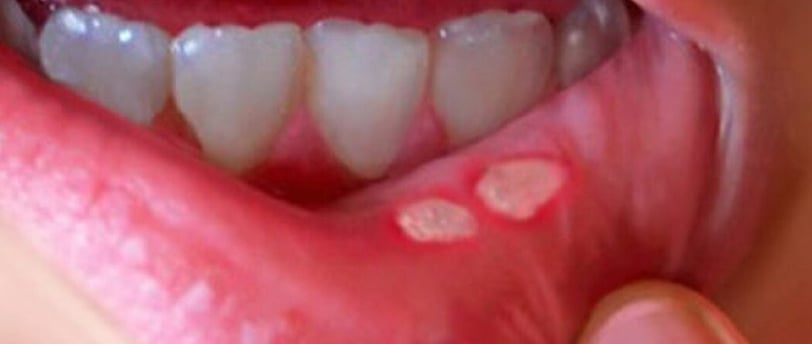Chances of Oral Ulcers Being Cancerous
11/13/20232 min read


Oral ulcers can be a common occurrence for many people, often caused by factors such as trauma, infection, or certain underlying health conditions. However, in some cases, oral ulcers can be a cause for concern and may indicate a more serious condition, such as oral cancer.
While most oral ulcers are harmless and resolve on their own within a couple of weeks, there are certain characteristics that may indicate a higher likelihood of the ulcer being cancerous. These characteristics include:
- Persistence: If an oral ulcer persists for more than 15 days without showing signs of improvement, it is advisable to seek medical attention. Most benign ulcers tend to heal within this timeframe.
- Bleeding on touch: Ulcers that bleed easily when touched or irritated may warrant further investigation. This can be a sign of underlying tissue damage or a more serious condition.
- Painless nature: While painful ulcers are often associated with benign causes, painless ulcers can sometimes be an indication of oral cancer. It is important to note, however, that not all painless ulcers are cancerous.
- White or red patches: Ulcers accompanied by white or red patches on the oral mucosa should be evaluated by a healthcare professional. These patches can be indicative of abnormal cell growth or potential malignancy.
If you notice any of these alarming signs in relation to an oral ulcer, it is crucial to consult a maxillofacial surgeon or a healthcare professional with expertise in oral health at the earliest opportunity. They will be able to conduct a thorough examination and determine the appropriate course of action.
It is important to remember that while these characteristics may increase the chances of an oral ulcer being cancerous, they do not guarantee a cancer diagnosis. There are various other factors that need to be considered, such as the individual's medical history, lifestyle choices, and other risk factors.
In conclusion, if you have an oral ulcer that persists for more than 15 days, bleeds on touch, is painless in nature, or presents with white or red patches on the oral mucosa, it is advisable to consult a healthcare professional. They will be able to assess the ulcer and provide appropriate guidance and treatment if necessary. Early detection and intervention are crucial in managing any potential oral health concerns.
